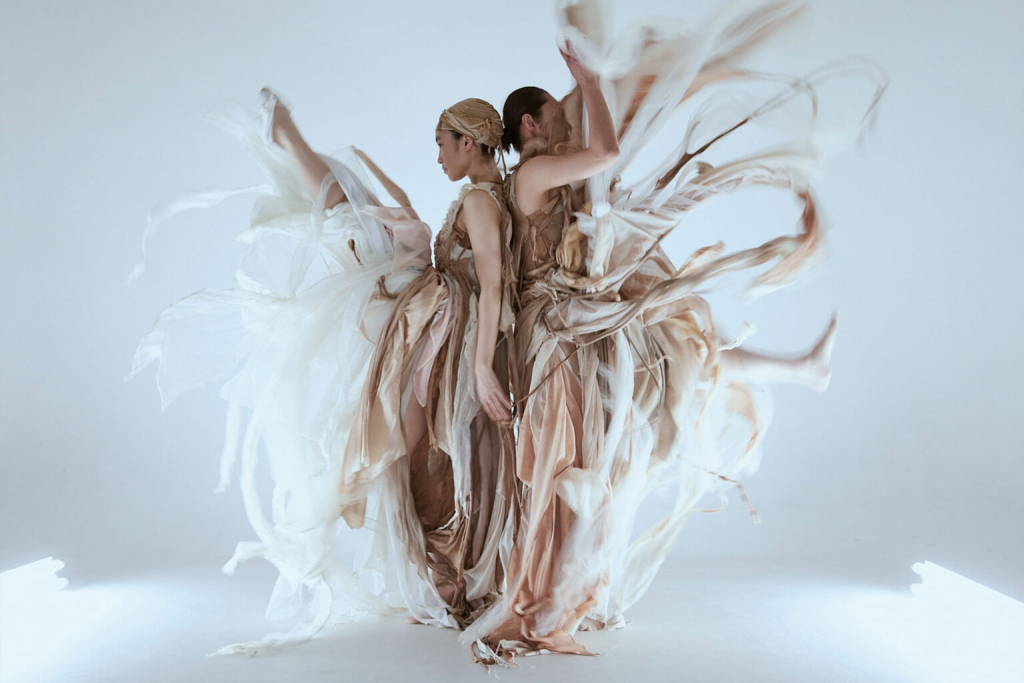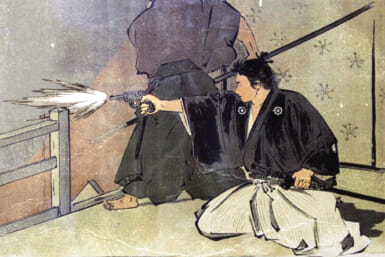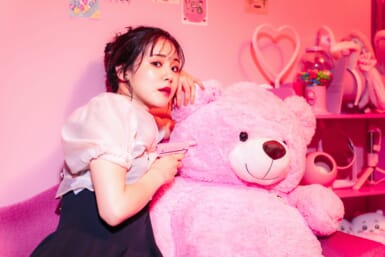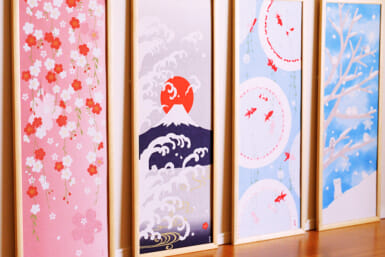Araki Shiro and his costumes are difficult to categorize. He doesn’t consider his work to fall under the umbrella of fashion, as he doesn’t follow or keep an eye on trends. You won’t find anyone wearing his garments on the streets of Harajuku, nor for sale in an upscale Aoyama boutique. Instead, his creations appear to come straight out of a fantasy world.
Experimental in design and materials, Araki doesn’t shy away from imperfections — he welcomes them. His philosophy is that living beings are not perfect: Humans defecate, urinate and vomit and are, on the whole, dirty. Nature consists of the whole — both the glorious and the grotesque. This is clearly displayed in his work, which is unrestrained yet intentional, creating mesmerizing silhouettes and curious textures. Araki is as likely to use materials sourced from nature like seashells, pig skin, cocoons and acorns as he is felt, aluminum, sneaker cushioning and washi paper. Beauty in imperfection and through movement appears to be his maxim. I hopped on Zoom to find out more about how Araki’s imaginative designs are brought to life.
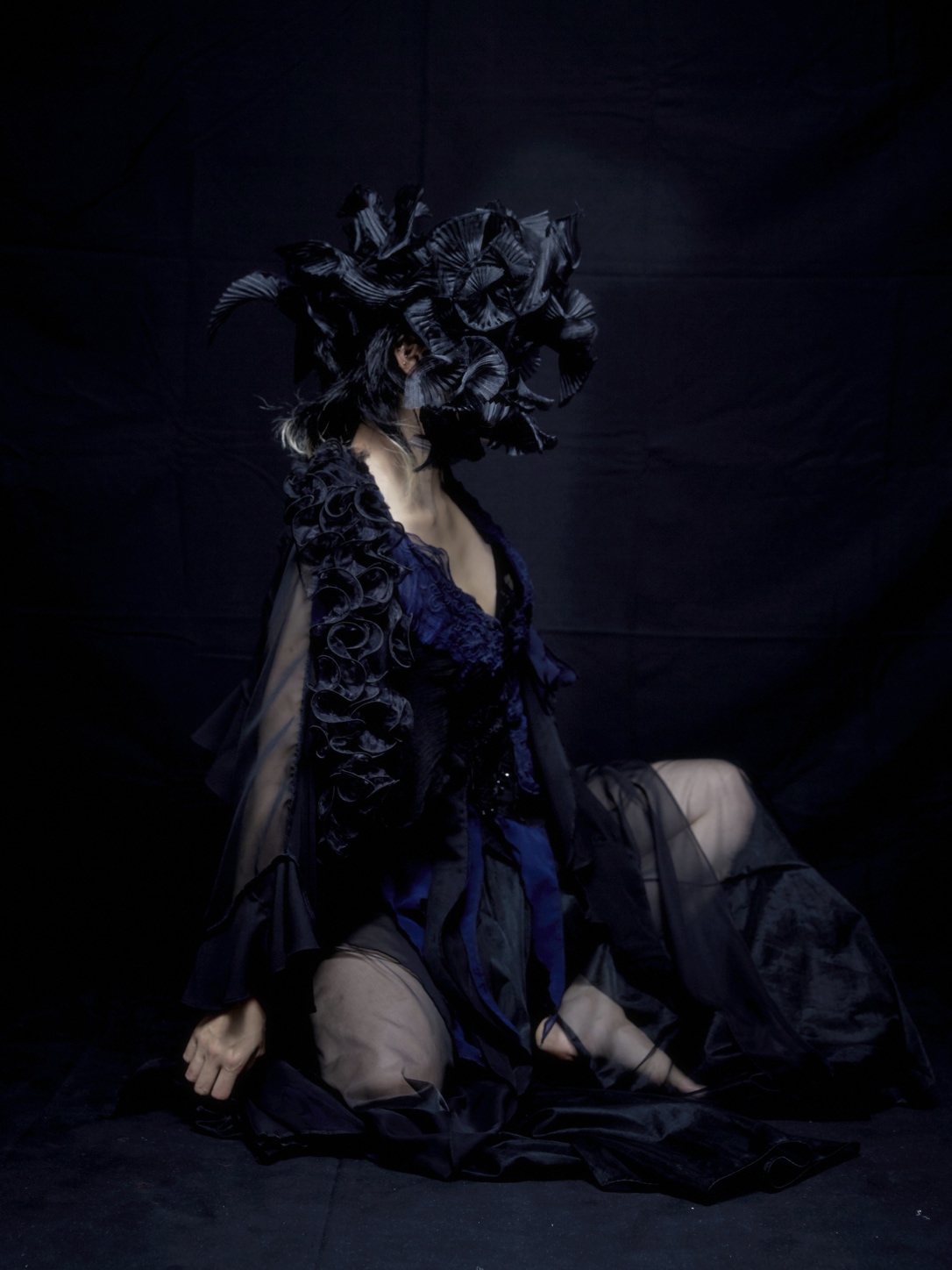
What does the word “beauty” represent to you?
Beauty is — and this might come off as a bit eccentric and simplistic — but it is not necessarily something that is well-ordered or clean. For example, take a geometric shape that is arranged neatly, with no flaws or grime. It’s very minimal and so clean it’s almost immaculate. That isn’t necessarily beautiful to me. When I went to the west coast of Italy, there was an old, dilapidated church with visible rust and generally in poor shape. But when I stepped inside, the light filtering through the colorful stained-glass windows was breathtaking. The mixture of dirty and clean, or elegant and ugly offers a brief moment of heart-stopping beauty. It’s about the moment.
How does that translate into your work?
My pieces are not perfectly constructed. If you look closely, there are loose strings, or some discoloration from aging. When I create, it’s intuitive yet intentional. By doing that, for every 10 people who view my garments, I don’t expect or even want all 10 to find them beautiful. As long as there is one person who thinks, “This is an interesting construction and I’m amazed by this one detail here” while looking at it closely, that makes me the happiest. That’s when I think, “I’m so glad I made this.”
I also enjoy working with materials that I can’t control completely. Ten or so years ago — maybe more now — when I was a student, I found it frustrating. Now I find not having complete control is invigorating.
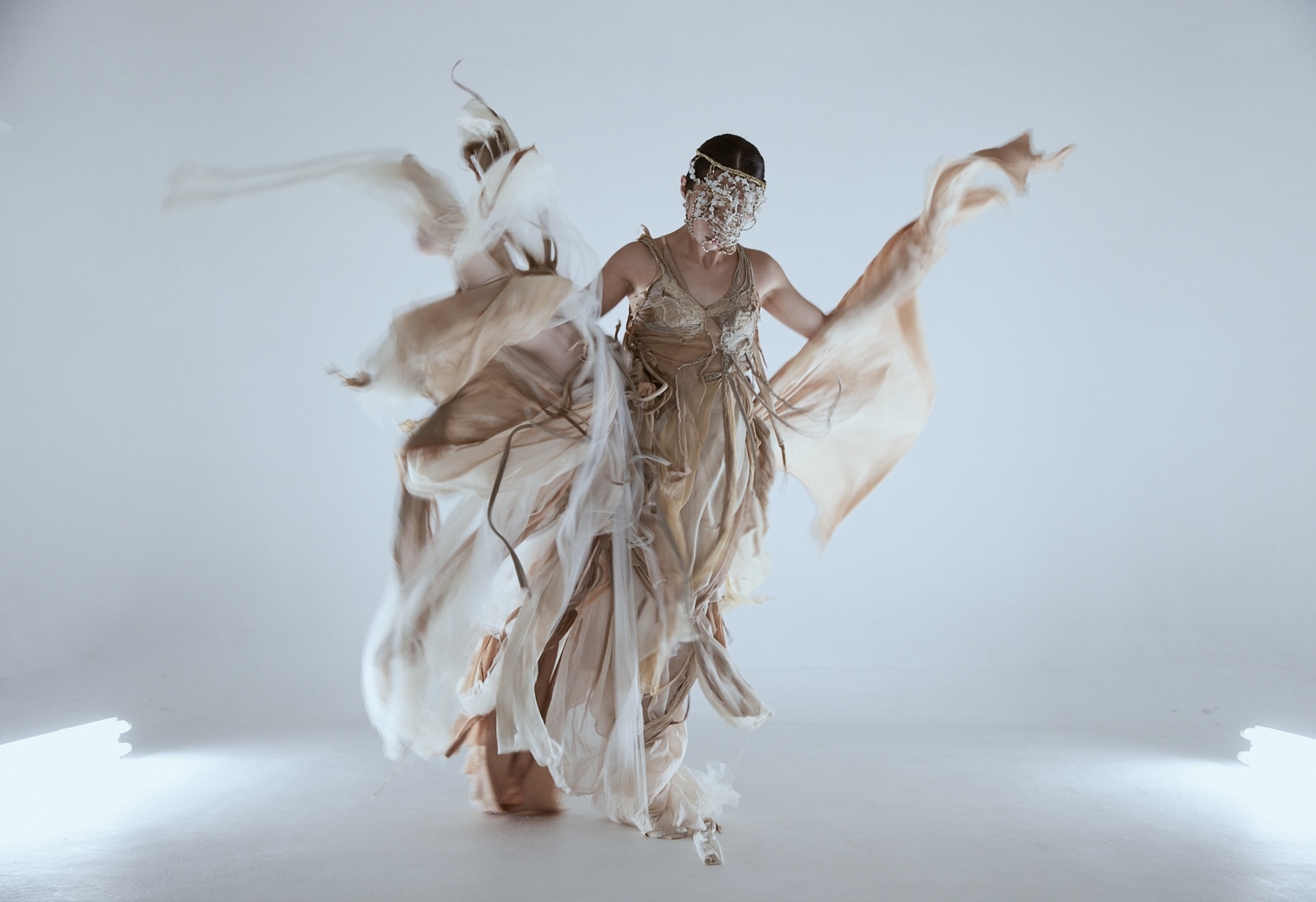
What has changed since then?
Before, when I was making something, I didn’t feel moved by it. People praised my work and said it was beautiful, yet it didn’t make me happy. This continued for about two or three years. I decided to stop making things that people find beautiful for a while. Even if I made something ugly or made mistakes, I focused on playing around with ideas and new materials more. It became fun. These are creations that I can’t predict the outcome when making them. While moving my hands and piecing things together, I became more motivated and fascinated by the process.
You often make use of movement when sharing your work on Instagram. Why is that?
I often take photos of the models and dancers as they move and choose one image within that movement, instead of still photos. It represents the garment better. Photos in fashion magazines often show clothing in one single still moment, where they sit perfectly on the person. But for me, I think movement is key. I think I do construct items with a mental visual of their movement somewhere at the back of my mind. The costume is complete once it’s in motion. When the garment moves, its beauty is revealed. And with movement, you only get a series of moments. It’s like something raw and fresh. Maybe it’ll rot tomorrow, but in this one moment, it is delicious.
Lately, you’ve also been sharing a lot of headpieces specifically.
I’d be lying if I said it was completely unrelated to Covid-19 but I’m interested in masks right now. It’s timely, of course, but I’m fascinated by masks that completely cover the face. By wearing something like this, you can transform into a character. The wearer may be a beauty with a full face of makeup, or someone who is self-conscious about their appearance. The viewer is blocked from receiving this information. It’s a form of self-expression with restrictions.
I work with dancers often and for their work, physical movement is everything. They want to convey things through their bodies — their hands, legs and torsos — but don’t want people to be distracted by their facial expressions. This is a new approach to remove the facial aspect out of the equation.
Circling back to creating without control, how does that work in practice?
This white headpiece is made with plastic bone, usually used for making corsets, and pleats.
Araki shows me a white spiral headpiece that gently bounces as he holds it up to the camera. It seems to float across the screen like a buoyant, tangible cloud.
While sewing the pieces together, I can’t control how it actually gets fed into the machine. It creates this spiral shape on its own. I mold it into a more symmetric shape as well as I can from that. That’s something I’m researching now.
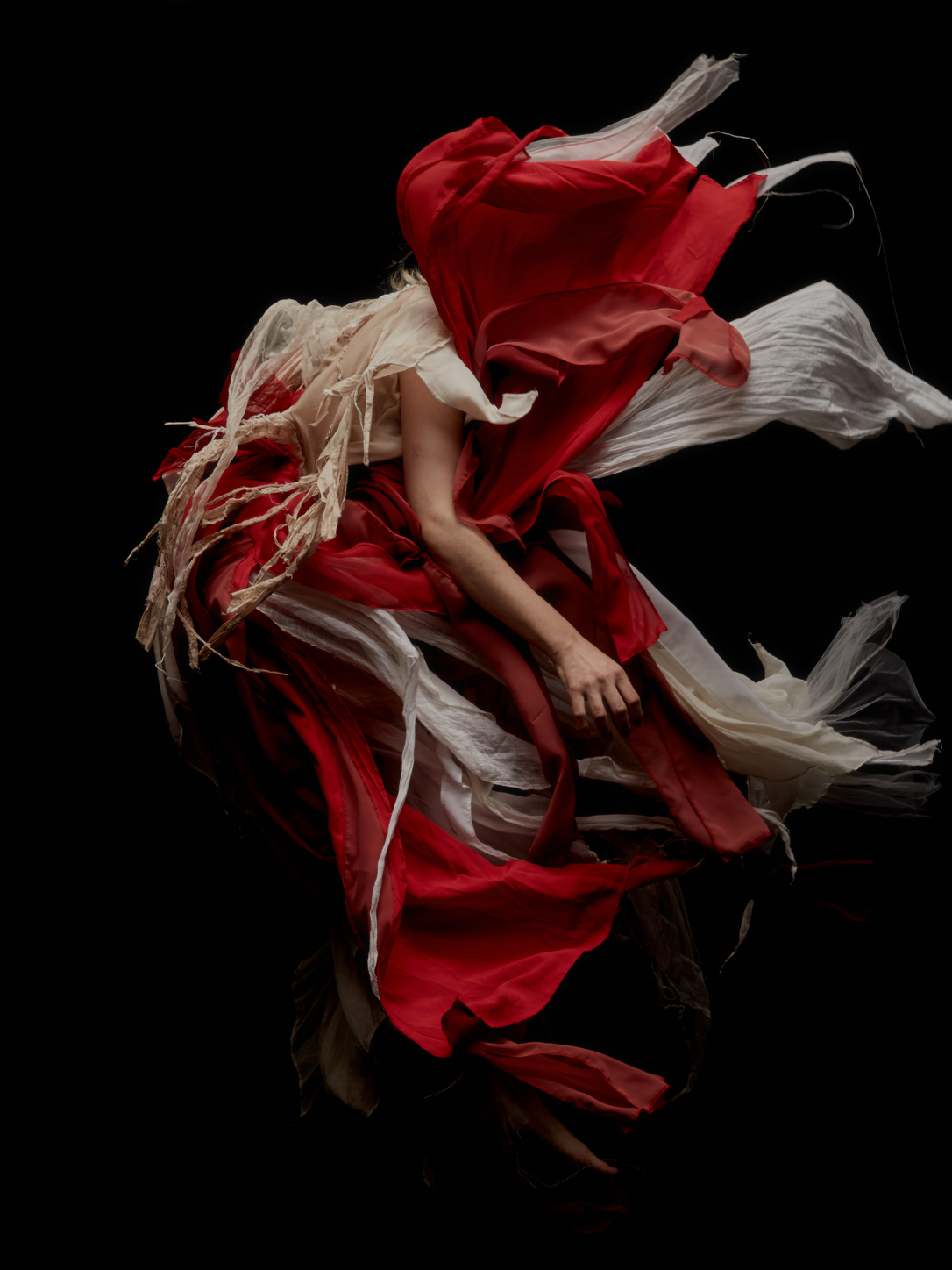
Is there anything else you’re working on now?
I’m still in the middle of this project, but I’m cooperating with a researcher in Kyushu University’s biology department who is investigating leafcutter ants. There are many different types, but this particular type creates threads in their mandibles. He asked if we can’t make a garment using the thread they produce. We’re only six months into it and we have no idea how it will turn out. The ants move around freely on a mannequin wearing a base structure of silk pods made by silkworms. They live on that surface, making nests completely without human interference. The goal is to make a garment that is 100 percent natural and made by animals. We need a lot of ants though. Now we have about 1,000 to 2,000, which isn’t enough. But so far, it’s interesting to see where the ants choose to make their nests. It’s often in a completely different spot on the garment from where I would expect.
This project is going to take time and it may end up a complete failure. We’re a group of people interested in silkworms and ants — it’s almost like a hobby, since we haven’t considered things like salability or how this may be useful in a broader sense. But that’s part of the fun. I enjoy not knowing what comes next.
Find Araki Shiro online at arakishiro.com and on Instagram at @arakishiro.

